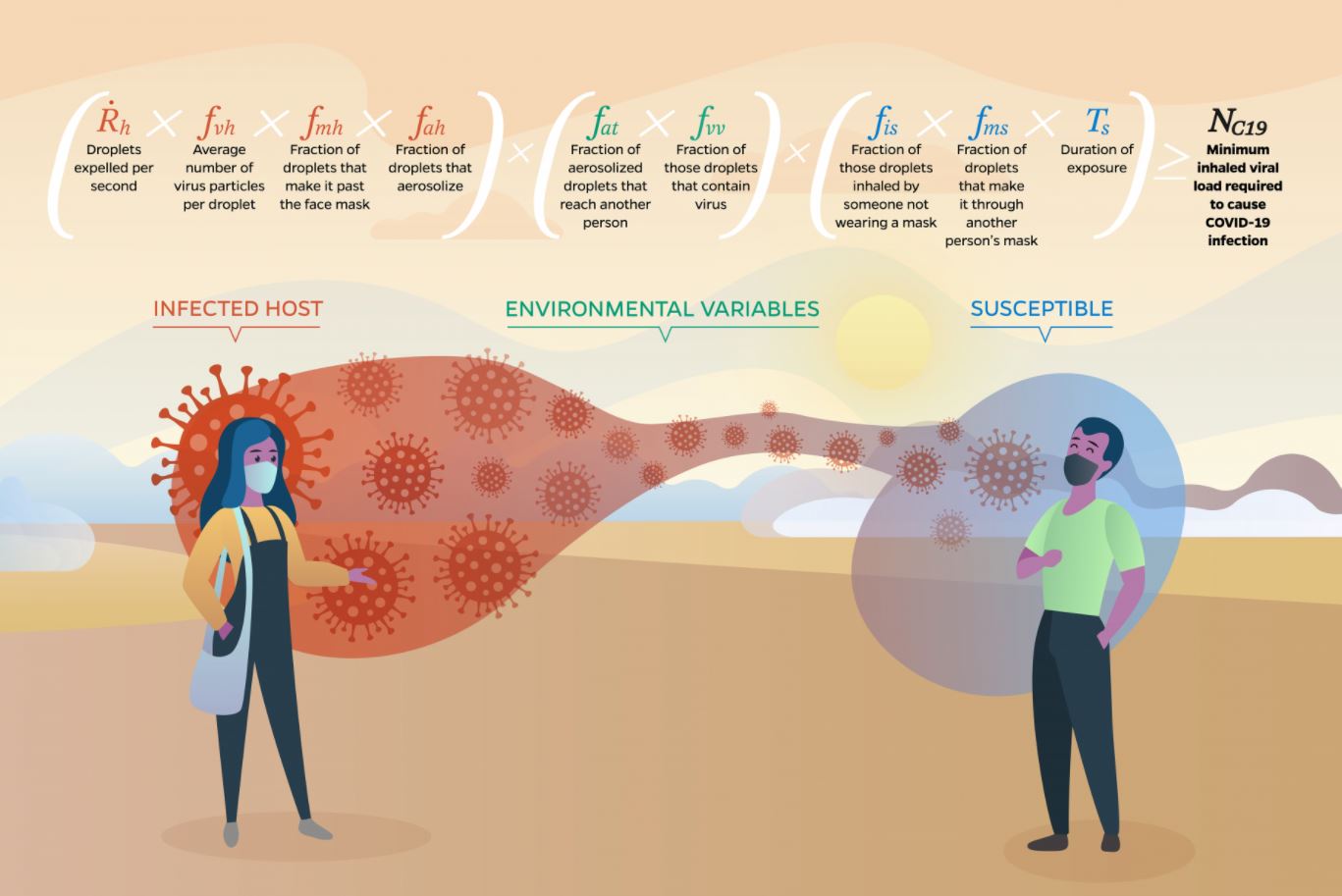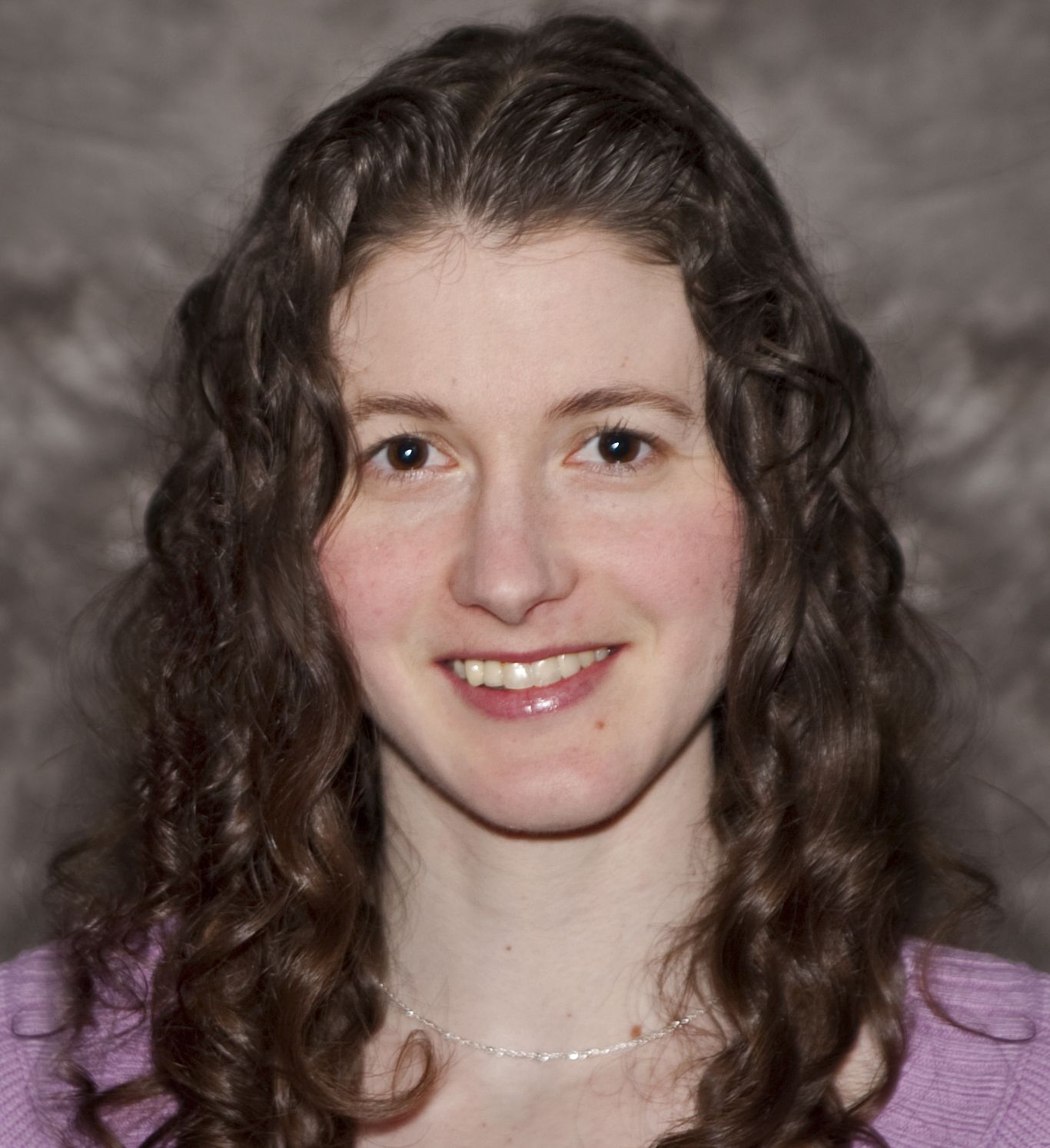Researchers revamp famous alien-hunting equation to predict spread of COVID-19
Scientists have created a "Drake equation" for COVID-19 transmission.

A famous equation used in the search for alien life has inspired a new model that estimates the odds of COVID-19 transmission.
The new model — which is essentially a single equation with several terms multiplied together — estimates the risk of COVID-19 transmission through the air. The researchers were motivated in their work by another simple, yet historically significant mathematical formula known as the Drake equation, which estimates the chances of finding intelligent extraterrestrial life in our galaxy. Developed in 1961 by astronomer Frank Drake, the equation is based on just seven variables and provides an "easy-to-understand framework" for looking at something as seemingly unknowable as the number of alien civilizations, the authors said.
Related: The four most promising worlds for alien life in the solar system
They wanted to provide a similar framework for understanding COVID-19 transmission risk.
"There's still much confusion about the transmission pathways of COVID-19. This is partly because there is no common 'language' that makes it easy to understand the risk factors involved," study co-author Rajat Mittal, a professor in the Department of Mechanical Engineering at Johns Hopkins University, said in a statement. "What really needs to happen for one to get infected? If we can visualize this process more clearly and in a quantitative manner, we can make better decisions about which activities to resume and which to avoid."
The new model, published Oct. 7 in the journal Physics of Fluids, breaks down COVID-19 transmission into three stages: the expulsion of virus-containing droplets from an infected person into the air; the dispersion of these droplets; and the inhalation of these droplets by a susceptible person. Overall, the model is composed of 10 variables involved in COVID-19 transmission, including the breathing rate of the infected and susceptible people, the amount of virus particles in the exhaled droplets and the amount of time a susceptible person is exposed, the statement said.

The authors then used their model, which they call the Contagion Airborne Transmission (CAT) inequality model, to estimate the transmission risk in different scenarios, including ones in which people use face masks or practice social distancing, as well as when people exercise. In the inequality model, if the amount of virus inhaled is greater than the amount needed to cause infection, the other person would get sick. One big caveat: We currently don't know how many particles are needed to cause an infection. As a result, the model can't calculate an absolute risk of infection, but can only compare the level of risk of different activities.
Get the Space.com Newsletter
Breaking space news, the latest updates on rocket launches, skywatching events and more!
For face masks, the researchers estimated that, with all other factors being equal, a scenario in which both infected and susceptible individuals are wearing N95 masks could reduce the transmission risk by a factor of 400, relative to a scenario in which both people aren't wearing masks at all. Surgical masks may reduce transmission by a factor of 10, and cloth masks by a factor of 7, if both parties are wearing masks.
In a scenario in which people are exercising vigorously, such as at the gym, the transmission risk skyrockets, the model found. "Imagine two people on treadmills at the gym; both are breathing harder than normal. The infected person is expelling more droplets, and the noninfected person is inhaling more droplets. In that confined space, the risk of transmission increases by a factor of 200," compared with a scenario in which people aren't exercising, Mittal said.
For social distancing, the researchers found that there was a linear relationship between distance and transmission risk. "If you double your distance, you generally double your protection," Mittal said in a separate statement from the journal. "This kind of scaling or rule can help inform policy."
The researchers note that they intended their model to be simple and intuitive so that it could be accessible not only to scientists but policy makers and even the general public. They acknowledge that their model makes a number of assumptions, and it includes key unknown variables. Still, the authors hope their work "can inform future studies that will close these gaps in our understanding about COVID-19," Mittal said.
Originally published on Live Science.
Join our Space Forums to keep talking space on the latest missions, night sky and more! And if you have a news tip, correction or comment, let us know at: community@space.com.

Rachael was a Senior Writer for Space.com sister site Live Science. She has a masters degree in journalism from New York University's Science, Health and Environmental Reporting Program. She also holds a Bachelor of Science in molecular biology and a Master of Science in biology from the University of California, San Diego. Her work has appeared in Scienceline, The Washington Post and Scientific American.











